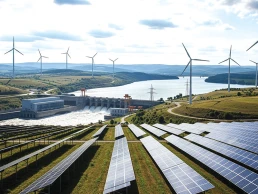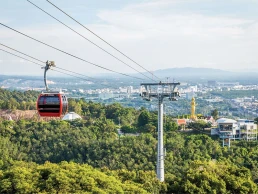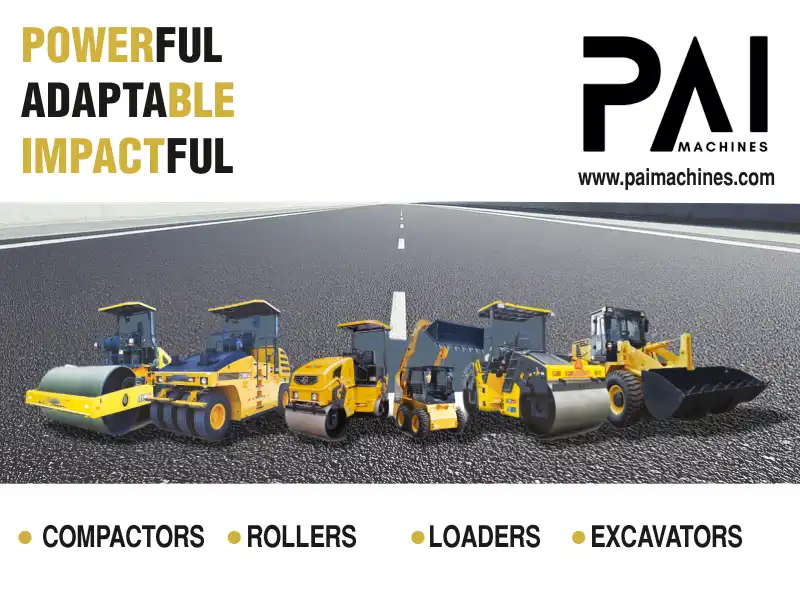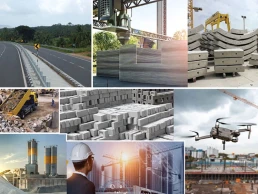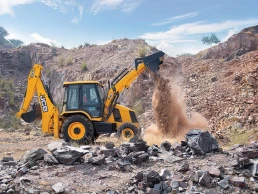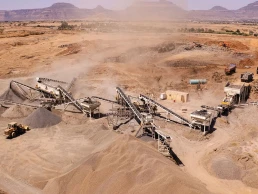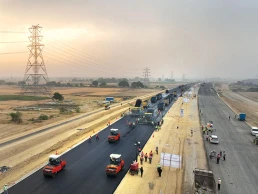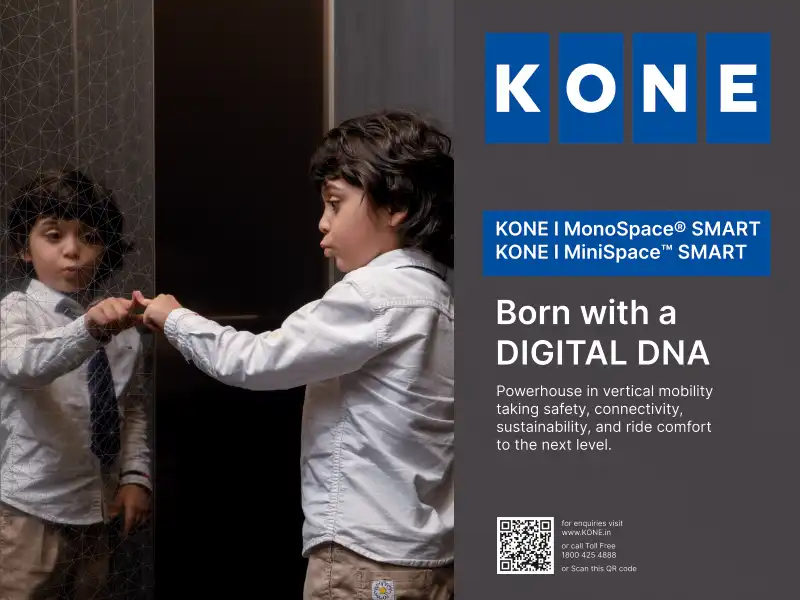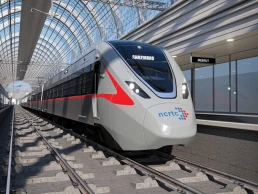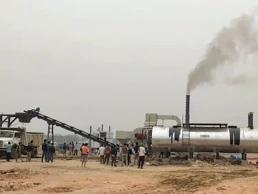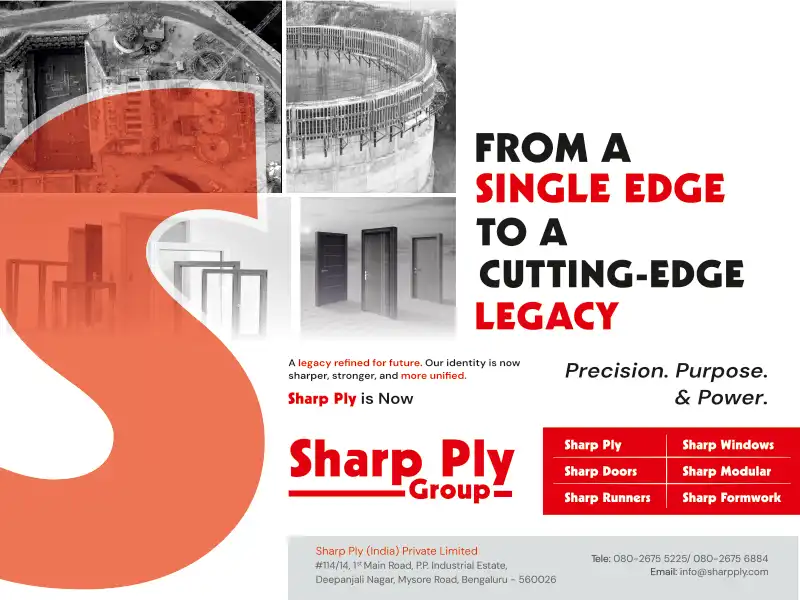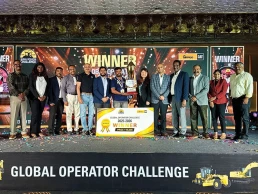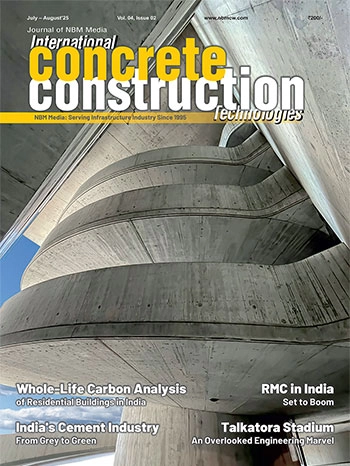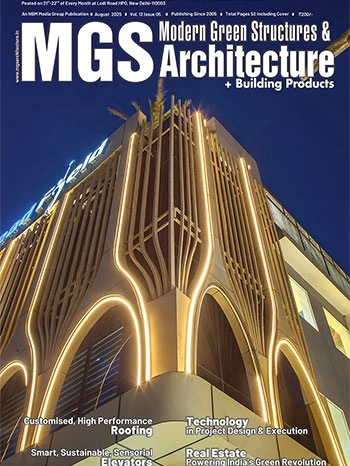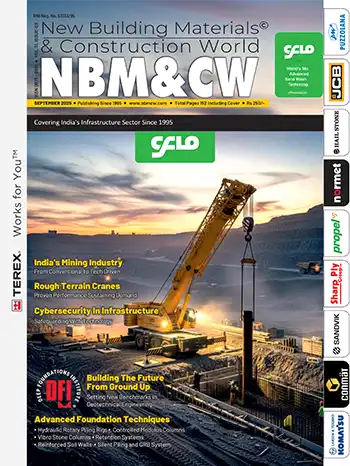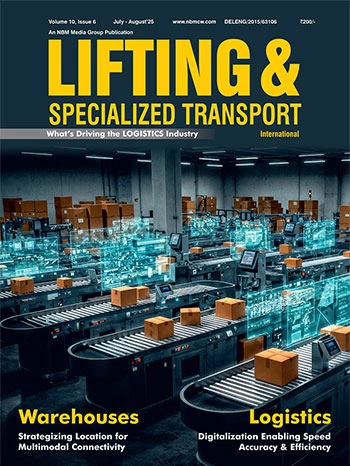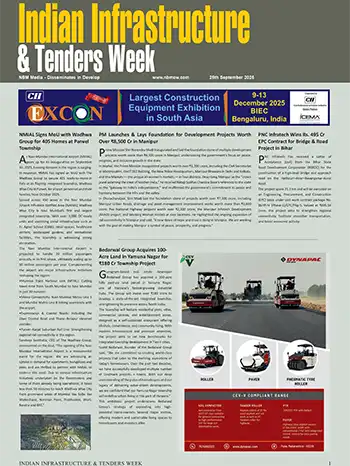Advancing Concrete Durability in Coastal and Aggressive Environments
Professor (Dr.) S B Hegde provides a thorough examination of the challenges faced by concrete infrastructure in India’s coastal and harsh environments; the impact of salt, humidity, pollution, and extreme weather on concrete durability, and offers practical solutions for improved construction practices to enhance concrete longevity, including advanced materials and smarter designs. The article is a valuable resource for construction companies and policymakers, as it stresses the need for collaboration to ensure more resilient and sustainable infrastructure in India.
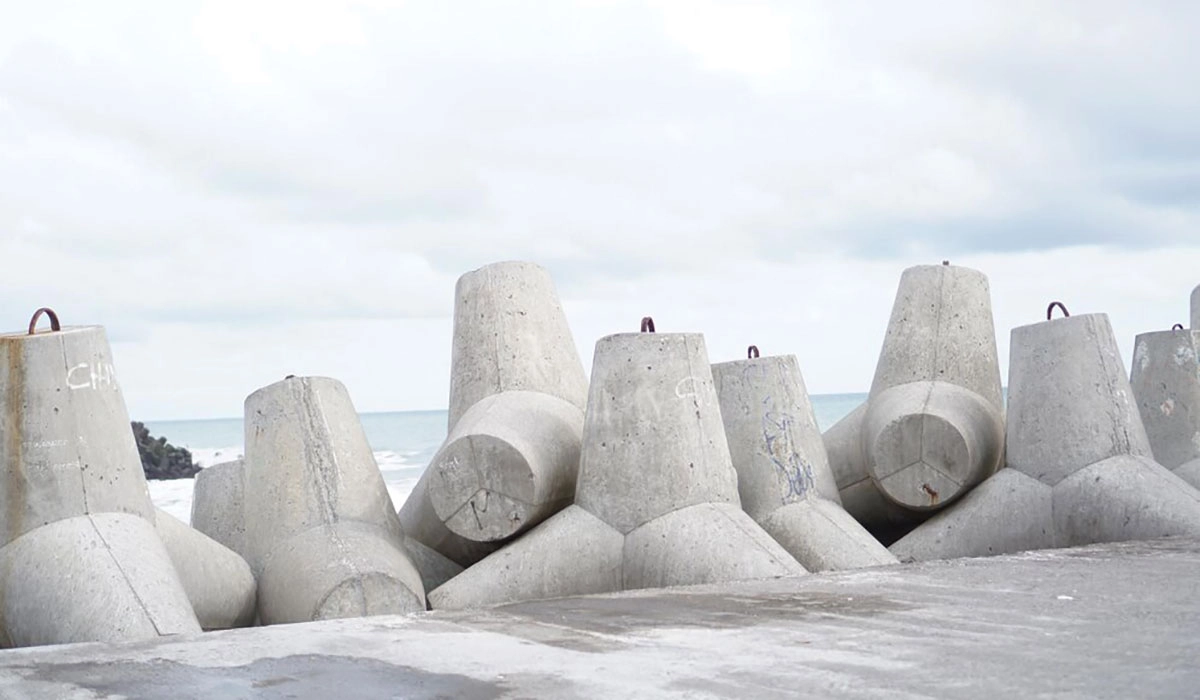
India’s infrastructure dreams face big challenges, especially in coastal areas and harsh environments where salt, humidity, and industrial pollution constantly damage structures. Concrete structures often fail too quickly, as seen in disasters like the Morbi bridge collapse in 2022 and several bridge failures in Bihar between 2023 and 2024.
Use of better materials, smarter designs, and updated policies—designed for India’s specific conditions, will help construction companies build stronger, longer-lasting structures. Preventing failures not only saves lives but also reduces costs and supports India’s growth as environmental threats keep increasing.
Concrete is the backbone of modern India, supporting bridges, roads, and tall buildings that drive the nation’s growth. But in places where nature and pollution take their toll—like coastal areas, industrial regions, and areas hit by heavy monsoons—keeping concrete strong is a tough challenge. Durability is not just about making concrete strong; it’s about making sure it can survive salt, chemicals, and harsh weather over time.
This is especially important in India. With 7,500 kilometres of coastline touching states like Gujarat, Maharashtra, and Tamil Nadu, along with busy cities producing pollution, concrete faces many threats.
When concrete fails too soon, bridges collapse, buildings crack, and lives are lost. It also wastes money. India’s efforts to build highways, ports, and cities need structures that last for decades, not just a few years. Coastal towns struggle with salty air and tides, while industrial areas like Bhopal and Surat deal with acid rain and smog. Monsoons cause flooding, and extreme heat in the summer damages materials.
Understanding Aggressive Environments in India
India’s diverse landscape creates tough conditions for concrete. Along the coast, from Mumbai on the Arabian Sea to Chennai on the Bay of Bengal, salt is a hidden enemy. It blows in with the wind, mixes with water, and slowly eats away at concrete structures. High humidity keeps concrete wet, making it easy for salt and sulphates to seep inside and cause damage. Monsoon rains make things worse by pouring down relentlessly, putting extra pressure on joints and seams—especially in flood-prone states like Kerala and Odisha.
Inland areas face different challenges: Industrial zones like Delhi, Kanpur, and Ahmedabad produce smoke and chemicals that cause acid rain, which gradually wears down concrete surfaces. Factories also release polluted water that adds more stress to structures. The ground itself can be a problem too—places like Gujarat’s coastal plains or Rajasthan’s dry areas have salty or sulphate-rich soil that attacks foundations from below, weakening them over time.
Climate change makes all this worse. Rising sea levels now pose a serious threat to coastal cities like Kochi and Mumbai, while extreme weather patterns are becoming more common. For example, Nagpur recently hit temperatures of 46°C, and heatwaves are breaking records across the country. Monsoons are getting heavier, increasing the risk of flooding and putting more strain on infrastructure. To build long-lasting structures, we need to fully understand these environmental threats and plan for them from the start.
Recent Bridge Collapses in India
The last few years have shown just how vulnerable India’s concrete structures can be. In October 2022, the Morbi suspension bridge in Gujarat collapsed under a heavy crowd, sending over 140 people into the river. The bridge, built many years ago, had rusty, weak cables due to the salty coastal air, and maintenance was poorly done. Investigations revealed that corrosion and negligence were to blame, serving as a warning for coastal towns in Gujarat.
In Bihar, things were just as bad. During 2023 and 2024, a series of bridge collapses happened in places like Araria and Siwan. Floods damaged weak concrete, rushed construction skipped essential safety steps, and low-quality materials couldn’t hold up. More than a dozen bridges fell within two years, raising serious concerns about the state’s infrastructure.
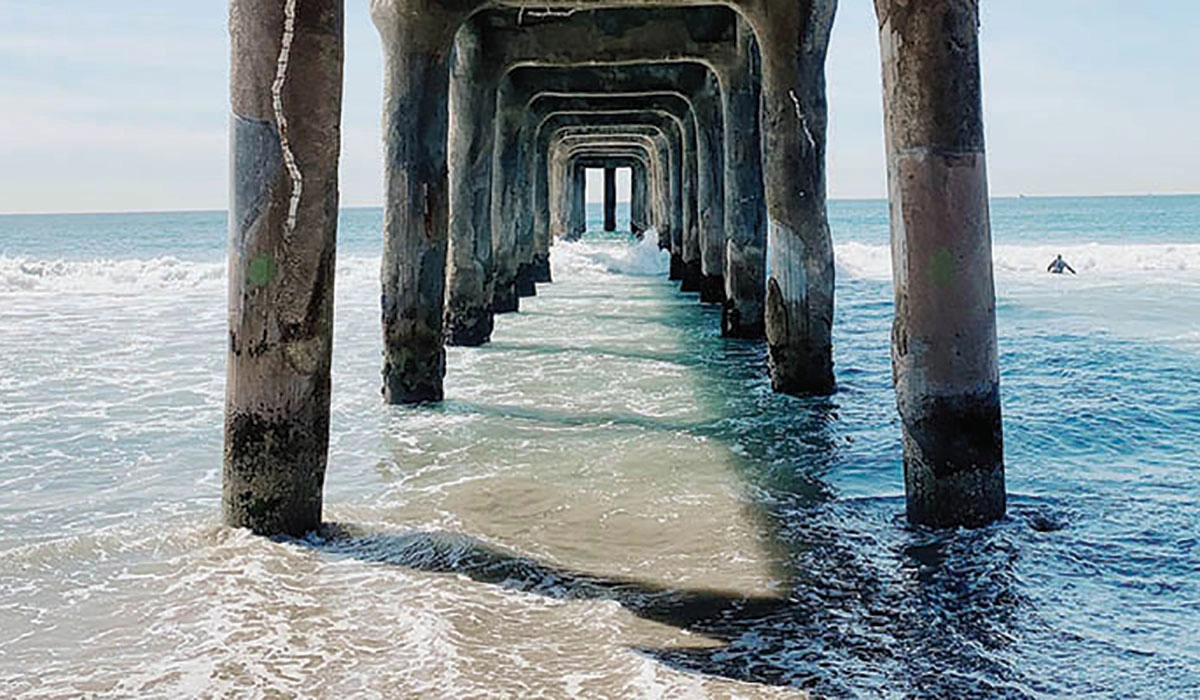
Then came another tragedy in August 2023; this time in Mizoram. An under-construction railway bridge collapsed, killing 26 workers. Investigations found that the cement mixes were poor, and the work was rushed to meet deadlines.
These incidents reveal a common problem: salt and water damage the steel inside concrete, cheap materials fail under pressure, and builders often ignore environmental challenges. From the coastal salt exposure in Morbi to the floods in Bihar, the message is clear: India’s harsh conditions need proper attention. Better concrete, stricter standards, and proper planning are essential. These failures shouldn’t be forgotten; they should be lessons on what needs to be fixed.
Key Factors Affecting Concrete Durability in Coastal and Aggressive Environments
Concrete is strong, but certain conditions can slowly break it down. One big problem is its tiny pores or gaps that let water seep in, bringing salt or harmful chemicals that start the damage. In coastal areas, salt from the sea air or seawater gets inside and makes steel bars rust. As the steel rusts, it expands, causing cracks in the concrete and eventually weakening the entire structure.
Latest Research and Innovations: Recent studies have focused on enhancing concrete’s resistance to salt and moisture by using supplementary cementitious materials (SCMs) like fly ash, slag, and silica fume. Research from the Indian Institute of Technology (IIT) Madras has shown that using metakaolin and nano-silica in concrete significantly reduces porosity, blocking salt intrusion. Additionally, calcium aluminate cements (CAC) are gaining attention for their resistance to sulphate attacks, especially in coastal zones.
Chemical Challenges: Chemicals in the environment also cause trouble. Sulphates found in soil or seawater slowly eat away at the concrete. Some reactions between cement and certain types of rocks, like quartz found in some Indian quarries, can cause the concrete to swell and crack over time. New research published in the Journal of Advanced Concrete Technology highlights the benefits of incorporating graphene oxide in concrete mixes to enhance chemical resistance and reduce microcracking.
Physical Damage and Microbial Attack: Physical damage plays a part, too. Waves constantly hit coastal structures, windblown sand scrapes against surfaces, and in places like Himachal Pradesh’s coastal hills, the cycle of freezing and thawing cracks concrete even further. To counter this, researchers are developing self-healing concrete with bacteria embedded in the mix that activate when cracks form, sealing them with calcium carbonate.
Even tiny organisms like microbes can harm concrete. In marine waters, these microbes grow on concrete surfaces and release acids that slowly erode it over many years. Innovations like antimicrobial coatings and corrosion inhibitors are being tested to slow down this process. Recent studies at the National Institute of Ocean Technology (NIOT), Chennai, have found that coating concrete with zinc oxide nanoparticles can significantly reduce microbial growth and acid formation.
Addressing these challenges requires combining advanced materials, modern construction techniques, and routine maintenance practices. By leveraging the latest research and technology, engineers can build coastal and aggressive environment structures that last longer and withstand harsh conditions.
Current Challenges in Indian Construction Practices
Making concrete last in India is a challenge due to a mix of old habits and difficult conditions. Many builders still rely on outdated mix designs—old recipes that don’t take into account local factors like salt or rain. As a result, the quality often suffers. The cement may be of low quality, the sand poorly graded, and curing is often rushed to save time. In coastal towns like Mangalore, fresh water for curing is scarce, so builders sometimes use salty water, which makes things worse instead of helping.
Monsoons also throw a wrench in construction schedules, leaving concrete exposed to heavy rains or even washing away freshly poured concrete. Financial pressure adds to the problem. To keep costs down and win contracts, many companies cut corners, skipping expensive additives or steel reinforcement, hoping the structure will last long enough. Workers often lack proper training, meaning they’re not familiar with modern techniques to improve durability, like proper curing or testing concrete mixes. Supervisors may overlook flaws, and there’s not enough oversight.
The result? Structures like bridges in Bihar that barely last a season. These aren’t just minor problems—they show that India’s construction practices need to be updated to match the country’s ambitious building projects.
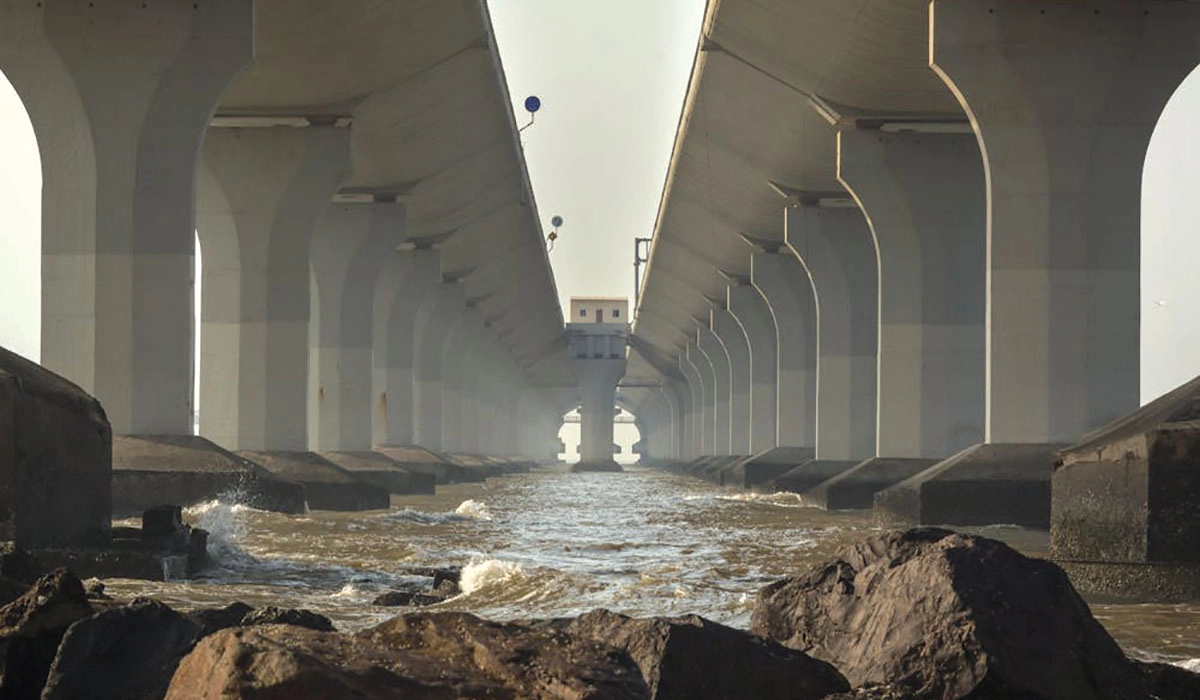
Advances in Concrete Technology for Better Durability
Science is changing the way we think about concrete, bringing in new ideas to make it stronger. One breakthrough is adding materials like fly ash from power plants, slag from steel mills, or silica fume from silicon factories. These materials fill the tiny holes in concrete, making it harder for water or salt to get inside—ideal for places like Tamil Nadu’s humid coastal areas.
High-performance concrete goes even further by using less water and carefully measured ingredients to make the concrete denser and tougher. It has already shown great results in major projects, resisting cracks and damage over time.
For coastal buildings, fibre-reinforced polymers are a game-changer. Unlike steel, these plastic bars don’t rust, so they’re more resistant to salt damage. Another exciting development is self-healing concrete. This uses bacteria that are hidden inside the concrete. When cracks form, the bacteria “wake up” and produce calcite to seal the cracks—like magic! This is being tested in labs around the world, from Delhi to London.
Nano-technology also helps by adding tiny particles that tighten the concrete’s structure, making it even stronger and more resistant to damage. These new technologies, some of which are already being used in India, promise concrete that doesn’t just last, but outlasts all the challenges it faces.
Design and Construction Strategies for Coastal Durability
Creating strong concrete starts long before the first mix. Today, smart engineers design concrete with its environment in mind—how it will resist salt, storms, and other harsh conditions, not just how much weight it can carry. One important strategy is to use a thicker cover over the steel bars—50 millimetres instead of just 30. This extra layer helps protect the steel from rust, especially near the coast. Coatings like epoxy or zinc are also used to add extra protection, and they’ve proven effective in places like Gujarat’s ports.
Concrete mixing is no longer a guessing game. By adjusting the amount of cement, sand, and additives based on local factors like humidity and soil type, engineers can make concrete stronger and more durable.
Curing, or the process of allowing concrete to set, is even more critical in tricky climates. In humid areas like Goa, steam curing helps lock in strength, while in drier places like Andhra Pradesh, wet clothes are used to keep the concrete moist. Prefabrication, where concrete parts are made in controlled factory conditions, is also becoming more common. This avoids problems like unpredictable weather—rain or heat—during onsite construction.
These strategies—careful planning, protecting materials, and perfecting techniques—turn ordinary concrete into a fortress, able to withstand the challenges of India’s coastal and harsh environments.
In addition, advanced research is now focusing on incorporating corrosion inhibitors directly into the concrete mix. These chemicals prevent the formation of rust on steel reinforcement, further extending the life of concrete structures in coastal areas.
Some recent developments involve adding self-healing agents that respond to cracks by generating mineral deposits that seal the damage, improving durability over time. These innovations, combined with the use of high-performance concrete and advanced reinforcement materials like Fiber-reinforced polymers, promise to make coastal structures in India not only durable but also sustainable for future generations.
Policy and Regulatory Developments in India
The rules are getting stricter to keep up with the challenges of building in tough environments. In 2024, the Ministry of Road Transport and Highways made an important change—coastal bridges must now use stainless steel, which resists rust much better than regular steel. The concrete code, IS 456, was also updated to encourage builders to focus on durability, especially in places with saltwater or pollution. After a series of bridge collapses in Bihar, the Supreme Court in 2024 ordered nationwide safety audits, aiming to find weak points before they cause major problems.
But even with these rules in place, enforcement is still a problem. Builders often ignore standards, and inspectors don’t always catch the mistakes. Fines are rare, and deadlines sometimes matter more than quality. To truly protect India’s infrastructure, stronger enforcement and better inspections are needed to make sure these rules are followed.
Sustainability and Economic Considerations
Durable concrete isn’t just strong—it’s also good for both the environment and the wallet. Using materials like fly ash or slag reduces the need for cement, helping cut down on pollution in cities like Kolkata. Structures that last for decades avoid the constant repair cycle, as seen with Mumbai’s Sea link compared to the bridges that collapsed in Bihar. Research shows that spending just 20% more upfront on quality concrete can save up to 50% in costs over the next 50 years. Recycling old concrete into new mixes helps reduce waste, and this is becoming more common in cities like Bangalore.
The cost of a collapse is huge—billions in repairs, lost trade, and lives lost. For example, cleaning up after the Morbi bridge collapse cost crores. By focusing on durability, we can avoid these costs, proving that building long-lasting, eco-friendly structures is both smart and cost-effective.
Case Studies of Successful Durable Structures in India
India has some great examples that others can learn from. Mumbai’s Bandra-Worli Sea Link has been standing strong for over a decade, using high-performance concrete and rust-proof steel to resist the sea’s wear and tear. Chennai’s port, built in the early 2000s, uses slag and special coatings to protect against salt and tides. Looking abroad, the Hong Kong-Zhuhai-Macao Bridge, a 54-kilometer marvel, shows how marine-proof concrete can be used for long-lasting coastal highways—something India could adopt for its own projects.
These successes aren't accidents. They combine smart science, careful planning, and investment to create concrete that stands the test of time. They prove that with the right mix, durable structures are possible.
Emerging Trends and Research Directions
The future of concrete is full of exciting possibilities. New smart sensors are being installed in bridges to detect rust or cracks as they happen—like giving concrete its own health checkup. Climate-friendly concrete mixes are being developed to withstand floods and extreme heat, especially as monsoons become more unpredictable. Research teams at IIT Madras and IIT Bombay are working on self-healing concrete and mixes made from waste materials, adjusting them for India’s specific challenges, such as salty soils in Gujarat or pollution in Delhi.
Engineers are also discussing green, long-lasting infrastructure ideas on social platforms like X, and India is part of this global movement. These innovations aren't just future dreams; they are becoming real steps toward creating stronger and more sustainable buildings.
Practical Recommendations for Construction Companies
Construction companies can take immediate steps to improve concrete durability. Test concrete mixes in real-life conditions—exposed to salt or rain—not just in labs, and ensure quality through regular checks. Train workers on proper curing techniques and new materials; investing in training today can prevent costly repairs in the future. For projects near the coast, invest in materials like slag, polymers, or high-performance concrete—they will withstand storms better in the long run. Make sure to schedule regular inspections and maintenance to catch rust and damage early.
Collaborating with IIT researchers or regulatory bodies will keep companies up-to-date, combining practical experience with scientific knowledge to build structures that last.
Conclusion
India’s coastal and harsh environments test concrete in ways few places do. The collapses in Morbi and Bihar show the damage of weak structures, costing both lives and money. But there’s a solution: new technologies, better designs, and stronger regulations can change the game. Construction companies are key players, turning knowledge into action with proper training, investment, and dedication.
Moving forward, everyone—builders, experts, and lawmakers—needs to work together. This teamwork will help India build concrete that can withstand salt, storms, and time, creating a strong foundation for a safer, more successful future.
References
- BIS (Bureau of Indian Standards). (2000). IS 456: Plain and Reinforced Concrete - Code of Practice.
- Kumar, R., & Sharma, P. (2023). Durability of Concrete in Coastal Environments: Indian Perspective. Journal of Structural Engineering, 49(5), 321-335.
- Ministry of Road Transport and Highways. (2024). Guidelines for Use of Stainless Steel in Coastal Infrastructure. Government of India Press.
- NITI Aayog. (2023). Resilient Infrastructure for India’s Future. New Delhi: Government of India.
- Patil, S., & Gupta, A. (2024). Self-Healing Concrete: A Review of Applications in Aggressive Environments. Construction and Building Materials, 398, 130-145.
- Press Trust of India. (2022, October 31). Morbi Bridge Collapse
- Rao, M. V., & Reddy, K. S. (2023). High-Performance Concrete for Coastal Bridges: Case Study of Bandra-Worli Sea Link. Indian Concrete Journal, 97(8), 45-58.
- Supreme Court of India. (2024). Order on Structural Audits of Bridges Post-Bihar Collapses. Case No. 234/2024.
About the author

Dr. S. B. Hegde is a globally recognized cement industry expert with over three decades of experience. He has held senior positions in leading cement companies and currently serves as a professor in the department of Civil Engineering at Jain College of Engineering and Technology, Hubli, and is a Visiting Professor at Pennsylvania State University, USA. He has authored over 235 research papers, holds 10 patents, and has guided two PhDs.

































